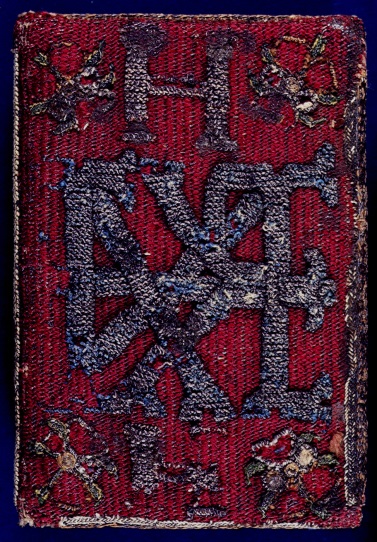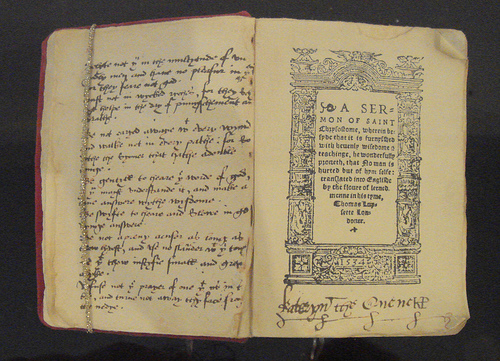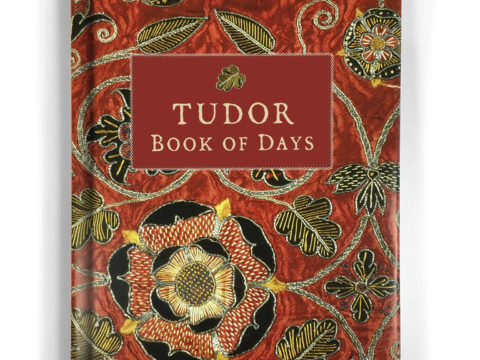Katherine Parr: Religious Writings
Chapter 4 : The Protestant Queen
Katherine's first publication under her own name was on 6 th November 1545 when a work entitled "Prayers and Meditations" appeared, a fairly anodyne collection of snippets from "holy works". It included the fifteenth century "Imitation of Christ" by Thomas a Kempis which had been a standard work of piety for the secular reader since the 1420s. The collection also included a prayer written for men to say before battle – directed at the army accompanying Henry VIII into France.

This work was then translated by Katherine's step-daughter, the Lady Elizabeth, aged thirteen, into Latin, French and Italian, and, encased in a beautifully embroidered cover of her own work, presented as a New Year gift to Elizabeth's father, Henry VIII.
Katherine's next and most ambitious personal project was the " Lamentations of a Sinner". In the course of twelve prolix chapters with titles such as "A Christian bewailing the miserable ignorance and blindness of men", we follow a sincere retelling of her journey from being mired in "foul, wicked, perverse and crooked ways" via utter rejection of "the Bishop of Rome [as] a persecutor of the gospel, and grace, a setter forth of all superstition and counterfeit holiness" to the sunlit uplands of the doctrine of Justification by Faith "…we be justified by the faith in Christ, and not by the deeds of the law."
These, and later passages that seem to go beyond Lutheranism and dabble with the even more radical Calvinism that was emanating from Geneva, were well beyond anything that Henry VIII would have countenanced, although he would have loved the paragraphs hailing him as a new Moses and praising his role in "[delivering] us out of captivity and bondage…."
The book was not published in Henry's lifetime, instead emerging in late 1547.

By that time, Katherine's enthusiasm for writing seems to have waned. Her biographers imply that her religious enthusiasm emanated from repressed sexuality that needed a channel for expression during her first three marriages, but that could blossom happily in her final marriage to Sir Thomas Seymour. However, even if such a Freudian analysis is correct, it cannot detract from the genuine faith of the Queen that appears in her work and her dedication to the cause of setting forth religion in the vernacular for all people to read.
This article is part of a Profile on Katherine Parr available for Kindle, for purchase from Amazon US and Amazon UK.




